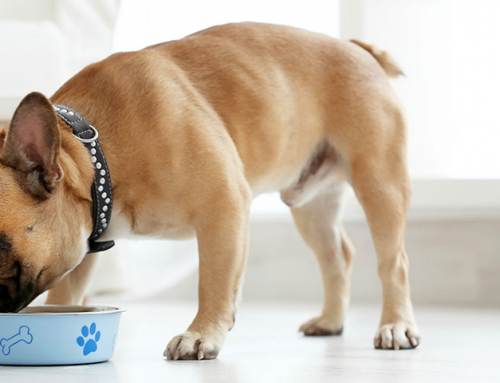Last week we talked about anesthesia and the role that it plays when your sweetie has to have something done that extends beyond a routine examination. This week, we will dig a little deeper and discuss how you and your pet need to prepare when you have a scheduled appointment that will require the use of anesthesia. The more prepared you and your pet are for this, the more “at rest” you can be while your veterinarian is with your pet.
When veterinarians plan sedation or anesthesia for pets, the patient is to be held off of food and water before the procedure. It’s not that we wish to be mean. It’s that many sedatives, narcotics, and anesthetics can cause nausea. Nobody wants to feel sick, but when a patient is under general anesthesia with a tube down the windpipe and if a pet silently vomits or regurgitates it could affect the pet’s ability to oxygenate. Also, it can set the pet up for a bad case of pneumonia.
Now, what if the patient to be anesthetized is diabetic? What do you do with the insulin and feeding then? This is a question I get often from our ADW clients.
There is usually more than one way to do anything. No situation is exactly like another. If you need to anesthetize your diabetic critter, it may be for a planned procedure, or it may be an impromptu event like a laceration. Clearly what we are going to discuss here are planned anesthetic procedures.
My preference for anesthetizing a diabetic is to schedule the procedure first thing in the morning. I have the client skip feeding breakfast and skip the morning dose of insulin. If the insulin was given without breakfast, the pet could become hypoglycemic under anesthesia – which could be dangerous. Additionally, you can bet I will check the pet’s blood glucose several times during the hospital stay: before anesthesia, during anesthesia (if it is anything but the briefest of procedures), and after anesthesia. After my diabetic patient has awakened from anesthesia (maybe an hour or 2 later, when my patient can stand and walk and is alert), I will likely give a small snack and a fraction of the insulin dose that would have been given in the morning. If the pet had a more involved procedure and isn’t awake until hours after the typical insulin dose and meal, I might just skip that dose of insulin altogether and wait until the evening dose/meal. You can bet I do my best to manage any discomfort, as many pets won’t eat when they are in pain.
Another option for pets whose blood glucose tends to be quite high, is for the owner to give a small fraction of the insulin dose before the procedure. Surgery should still be scheduled first thing in the morning. The blood glucose needs to be monitored very closely under anesthesia and during the hospital stay to watch for the blood glucose plummeting. If the blood glucose gets too low the veterinarian can place the pet on an IV sugar solution.
I know some vets who tell clients to give a light morning meal and a small amount of insulin. If the procedure has to be scheduled for the afternoon I can understand this approach. Nonetheless, I think the insulin schedule is less altered if the procedure is scheduled first thing in the morning. If there is food recently in a pet’s stomach and I’m forced to anesthetize a pet (diabetic or non-diabetic), I will likely give an injection of an anti-nausea medication. Only rarely do we need to anesthetize pets without being able to plan ahead.
What it all comes down to is communication with your veterinarian. Plan ahead rather than have a last minute fret because you haven’t discussed the protocol ahead of time.
As always, I enjoy hearing from our readers and clients. You can email me at Joi.SuttonDVM@adwdiabetes.com. I get a lot of our article topics from questions by readers.
NOTE: Consult your veterinarian to confirm that my recommendations are applicable for the health needs of your pet.













I have two large diabetic dogs. Thankfully, the times they have needed anesthesia have only been a couple. In all cases, they were scheduled and were done early morning. Twice the procedure was short and the dog able to eat her meal by noon. In those cases, she was fed her usual amount and given her usual dose after. I then moved the time of her evening meal and her evening dose. Over a period of a couple days, I got the doses back on her old schedule, having moved them by an hour or an hour and a half each dose. The third time, the dog was under anesthesia a long while and had a longer recovery time, so the morning dose was skipped.
These dogs also have seizure disorders. When one dog was given pre-medication for anesthesia, she had a seizure, so I’m guessing it must have lowered her threshold. Her blood glucose, by the way, was a little high, but nothing grave at the time. So, I have to think the pre-medication did something. She had been seizure-free for a very long time before that on potassium bromide.